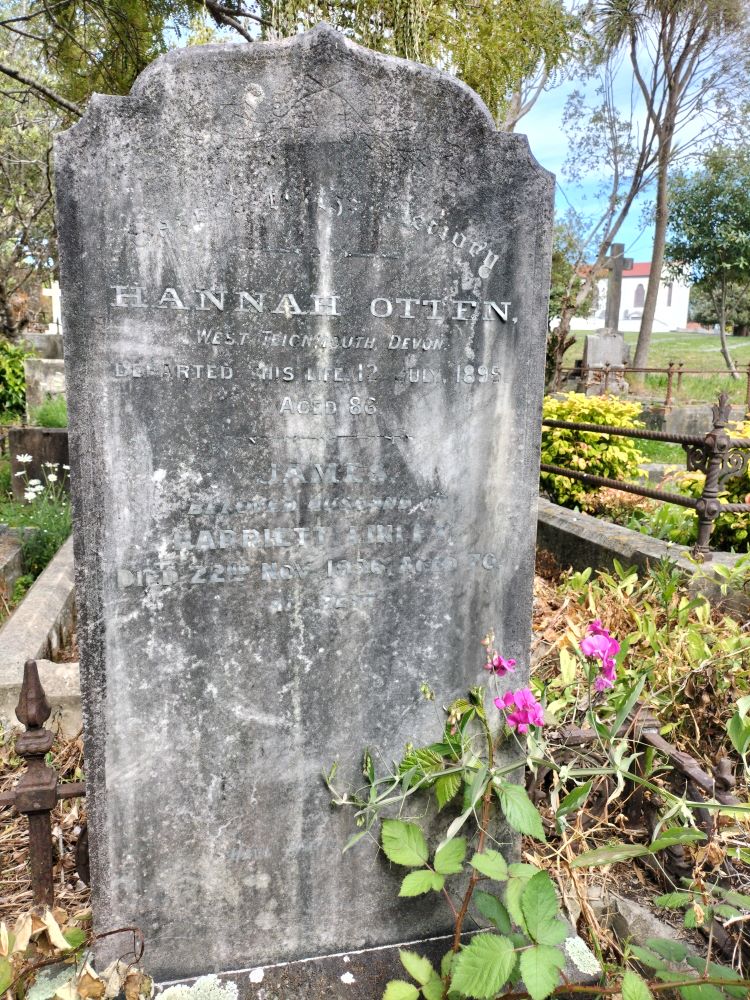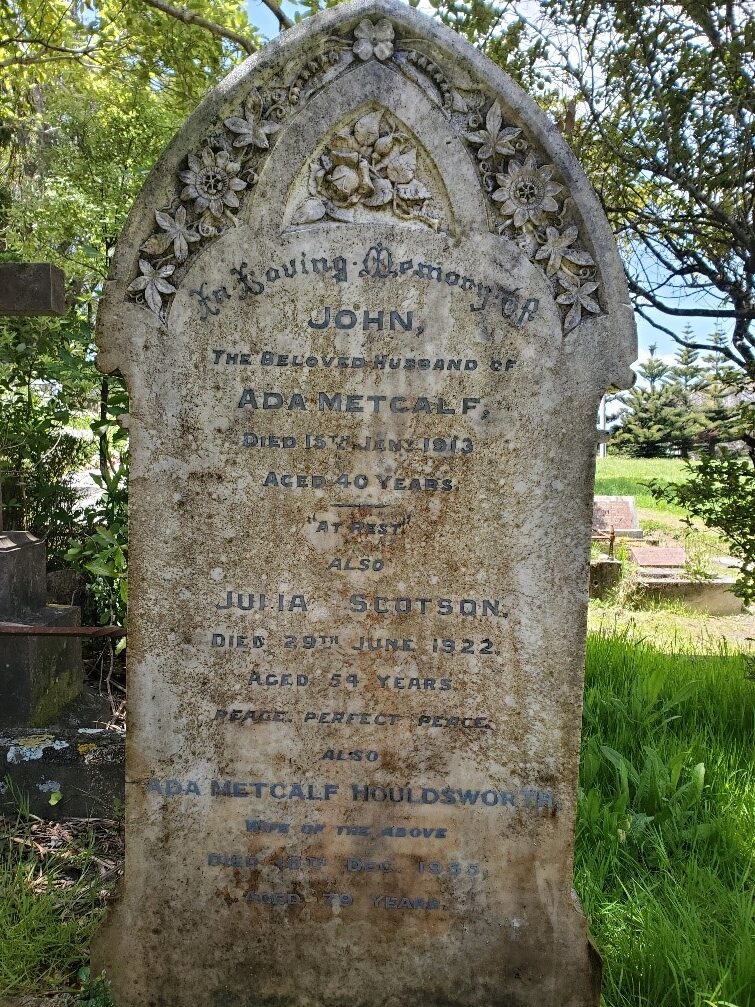one of the best rifle shots New Zealand has ever produced Arthur Samuel Ballinger was born in 1860, in Melbourne, Australia. He was the son of Joseph Ballinger who would…

John & Sophy Rothe
Johan Gottlob August Rothe (aka John Rothe) arrived in New Zealand from Germany in the early 1880s. He married Sophia Maria Christina Rose (aka Sophy) in 1882. The groom was…

Helena Upchurch
Helena was the eldest daughter of John James Boyd and his wife Ann Elizabeth (nee Barker). John was a successful builder based in Newtown. In 1898 at the age of…

John Chaney
John Alfred Chaney married Nicoline (Lena) Petersen in 1887 in Wellington. He was 21 and she was 17. Lena arrived in New Zealand in 1873, aged 3. She came from…

Sarah Yeo (Tot) & Elizabeth Clifford
Sarah was the first interment in this plot. She was the daughter of George Clifford and his wife Elizabeth (nee Clarke). She was born in 1875 in Waitara. In 1896…

Hannah Otten
Hannah was born in 1808 in West Teignmouth, Devon, England. In 1848 she married Johann Otten in Whitechapel, London. This was her second marriage, her first husband was Mr Parkhouse….

Mastrogeorge
Our dear brothers Antonio Mastrogeorge (Antonios Demitrious Mastrogeorgiou), known in NZ as Anotnio George Stelios Mastrogeorge (Stelios Mastrogeorgiou) known in NZ as Stanley George Antonio and Stelios were born in…

Christiana Burrell Wingfield
1882-1901 Christiana had only been married to Alfred James Wingfield for less than a year when she died in Wellington, a distance from both their families in Hina Hina in…

Julia Scotson
1870-1922 Looking at this headstone you may wonder what relationship Julia has to the others in this plot, and the answer, possibly, is a friendship. Julia Burrell came to New…

Walter Frederick Mildenhall
Little Walter At one of our recent working bees, a young volunteer noticed the headstone for Little Walter. The Karori Cemetery burial register shows that Little Walter’s full name was…

